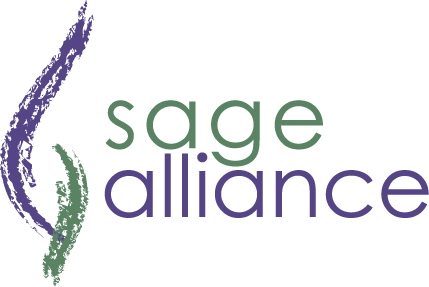
The idiom ‘herding cats’ brings a visual image, from the award winning commercial, of a cowboy with his trusty lasso stating anyone can heard cattle but herding cats is another thing altogether. The coordination of many different groups or people, within organizations, is as difficult as ‘herding cats’. With the need for quick results we don’t have the time to build consensus, ensure everyone is on the same page and ultimately coordinate different groups and people with different thinking styles. Thus, disagreements or misunderstandings can arise between employees, colleagues and even customers. The individual gets under your skin, causing your emotions to come to the forefront and you react to that situation, not putting your most effective behavior forward.
One of my clients is wrestling with a difficult and demanding customer. I outlined the following process for her to keep things on track while taking the emotion out of the situation. My process is called ASK.
Acknowledge
The first step is to recognize an individual’s feelings and let them know they’ve been heard. By acknowledging the individual’s feelings, experiences and challenges you are going a long way to resolving the disagreement or misunderstanding. This lets them know you not only heard them but you are listening to what they said. Showing empathy can help them avoid focusing on the negative or why things went wrong and move in a positive direction towards achieving the goal. Examples of phrases or questions to Acknowledge include:
- “I hear what you are saying.”
- “What I heard you say is…”
- “Help me better understand what you are feeling.”
- “This must be hard for you.”
- “How did that make you feel?”
- “I can tell you are frustrated, let’s work together to resolve this.”
Watch out: The goal in this step is NOT to solve the problem but rather to diffuse the situation and take the emotion out so ‘cooler heads prevail’. This isn’t about admitting wrong doing or placing blame but rather showing empathy and recognizing how the other person is feeling, whether you agree with them or not. This lets the individual know that you appreciate their feelings and you want to work with them to resolve the disagreement or misunderstanding.
Situation Analysis
We pride ourselves in our ability to solve problems and when disagreement occurs, we naturally want to fix it. However, this can leave the other individual questioning whether you truly understand the situation, from their perspective. This leads to a breakdown in communication. In this step, you want to ensure you both share the same understanding about the Situation and uncover the facts. Most people are rock stars gathering the facts but not necessarily understanding the other individual’s point of view. By asking open ended questions, asking for clarity and summarizing what you’ve heard, you will ensure breakthrough communications in this step.
- “Help me better understand the situation.”
- “How would you like it to be?”
- “What are your expectations?”
- “What have you already tried?”
- “What worked; what didn’t work?”
- “What do you think will dramatically improve this situation?”
- “What is one thing I can do to improve this situation?”
- “Here’s what I hear you saying, is that correct?”
Watch out: Don’t make assumptions that you know what’s occurred but rather be curious and listen for content or new data points that you may otherwise miss. And don’t forget to keep your emotions in check. Operating at the emotional level can cloud solid decision making, causing you to lose sight of the overarching goal which is to gain agreement on the facts surrounding the situation.
TaKe Action
Now that you’ve acknowledged feelings and gotten a solid grasp of the situation; you are ready to TaKe Action. This is where you discuss the next steps and the necessary actions to resolve the disagreement or misunderstanding. It should be clear who is accountable for what action and when. Examples of phrases or questions to TaKe Action include:
- “Here’s what I’m committing to do, what are you committing to do?”
- “What specific steps do you want to take? Here’s the steps I will take.”
- “As a result of our conversation, I will take the following steps.”
- “Have I fully addressed your concerns?”
- “What will you do and when will you do it?”
- “How would you like to measure success?”
Watch out: Without this third step, you risk thinking there is agreement on the next steps when there isn’t. It’s important to agree on key actions and how you will measure success to reach the desired outcome. This will prevent future misunderstandings.
I promise if you simply ASK, you will avoid the common pitfalls associated with disagreements and misunderstandings. These three steps lead to breakthrough communications, even with the most difficult and demanding people.
Sage Alliance, a Leadership Performance Company, provides coaching, teambuilding and assessments, workshops and speaking on topics including; leadership development, empowering teams, communications, lasting impressions, personal branding and building a coaching culture for executives and high-potentials – for both team and individual leaders.
Contact us today to discover how your organization can get the most through improved productivity, efficiency and direct impact to your bottom line, while leaders gain powerful insight, crystallize opportunities for growth and fine tune their strengths, enabling them to make the greatest impact. You can contact Shelley Hammell directly at shammell@thesagealliance.com.
